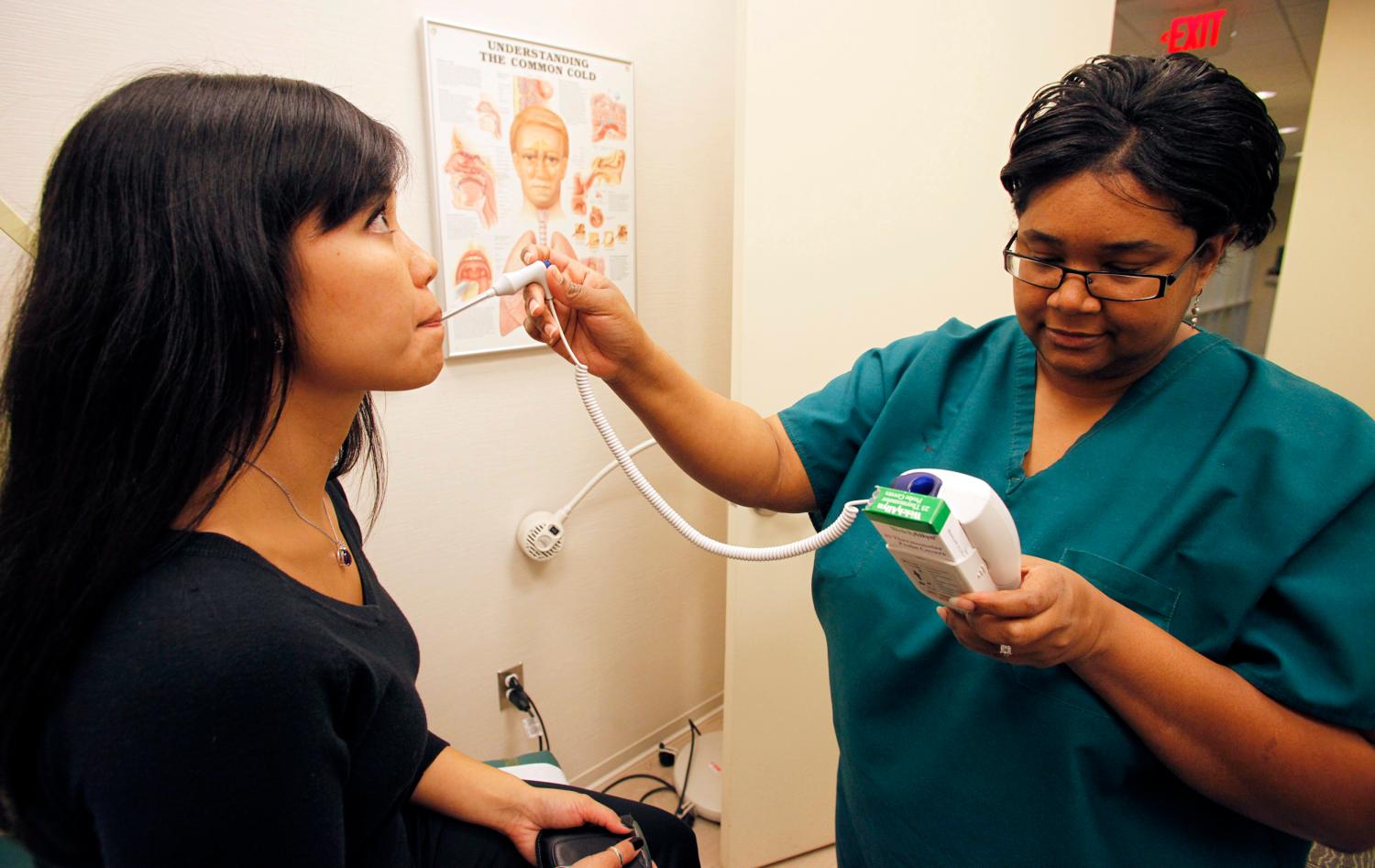It is widely recognized that developing and supporting a productive workforce is essential to bending the cost curve and improving quality of care. Recent estimates predict a shortage of 130,000 physicians and 260,000 registered nurses by 2025. In an effort to balance the supply of clinicians and staff amid overwhelming demand for health care services, many organizations are transitioning to a team-based model of care; a model that has demonstrated significant improvements in the quality, delivery and efficiency of care across care settings. To ensure that the team is accommodating the entire spectrum of a patient’s needs—physical, mental, and social—it is important for an organization’s care team model to embrace an interprofessional approach. For example, a care team may include physicians, nurses, and physician assistants, as well as psychologists and social workers, depending on the patient’s needs.
Equally as important to rounding out the care team are frontline health care workers. This group represents an estimated 50% of the 18 million individuals employed in the U.S. health care workforce, and includes medical assistants (MAs), patient navigators, and community health workers, etc. These individuals often serve as the initial point of contact and/or ongoing peer support for patients and caregivers throughout their health care experience.
It is well known that the transition to a team-based model will be a challenging one. It will require significant investment in human resources, changes in workflow, adoption of new technologies, and strategies for dealing with change management. Fortunately, many organizations will benefit from efforts already being made by thousands of health providers throughout the U.S., including those operating as accountable care organizations (ACOs) or patient-centered medical homes (PCMHs). Both models strongly emphasize a care-team model and the inclusion of frontline workers.
The purpose of this toolkit is to define the role of frontline health care workers, and also provide case studies from organizations that have implemented team-based care models with frontline workers. In Section 1, we define the roles and responsibilities of frontline workers and in Section 2, we capture the experiences and lessons learned from four organizations that have implemented these models.




